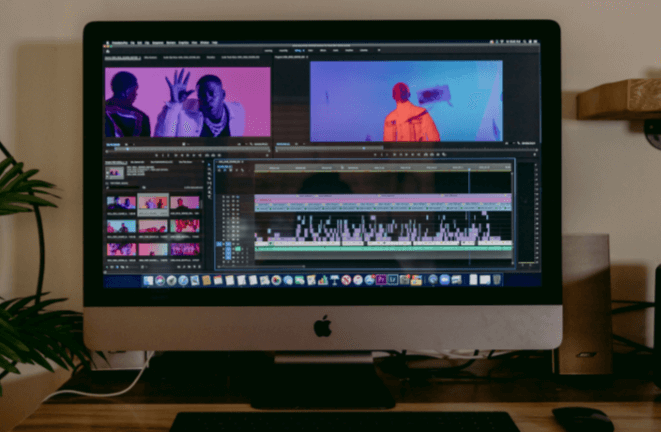How to Use Keyframes for Advanced Video Editing

Keyframes are a fundamental aspect of advanced video editing, serving as the backbone for creating seamless animations and transitions. By understanding their strategic placement and the nuances of various types, editors can significantly enhance the visual storytelling of their projects. However, the real mastery lies not just in setting keyframes, but in employing advanced techniques that can transform ordinary footage into captivating narratives. Uncovering these sophisticated methods can be the key to elevating your editing skills, inviting you to explore how subtle adjustments can lead to remarkable outcomes.
Understanding Keyframes
Defining keyframes is essential for mastering video editing, as they serve as the critical markers that dictate the start and end points of any change in a clip.
Understanding keyframe interpolation enables seamless transitions, while keyframe easing allows for dynamic motion, adding fluidity to your edits.
Types of Keyframes
Keyframes can be categorized into several types, each serving distinct purposes within the editing process.
Linear keyframes create uniform motion, while Bezier keyframes allow for more fluid transitions using easing functions.
Hold keyframes maintain specific values until the next keyframe, and spatial keyframes manipulate position, whereas temporal keyframes adjust timing, offering editors numerous options to craft compelling visual narratives.
How to Set Keyframes
Setting keyframes is a fundamental skill in video editing that allows for precise control over various parameters, such as position, scale, and opacity.
To set keyframe settings, navigate to your desired timeline position, adjust the parameter, and click the keyframe icon. This establishes animation timing, enabling smooth transitions between states.
Mastering keyframes unlocks creative freedom, allowing for intricate visual storytelling.
Advanced Keyframe Techniques
In the realm of video editing, mastering advanced keyframe techniques can significantly elevate the quality of your projects.
By employing easing functions, you can create dynamic animations that flow naturally.
Furthermore, integrating keyframes in motion graphics allows for intricate designs.
Lastly, perfecting audio synchronization with visual elements ensures a cohesive experience, enhancing the overall impact of your video productions.
Common Mistakes to Avoid
One of the most critical aspects of video editing is recognizing and avoiding common pitfalls that can undermine the effectiveness of your keyframe animations.
Timing issues can disrupt the flow, making transitions feel jarring. Additionally, the overuse of effects can detract from the narrative, overwhelming viewers rather than enhancing their experience.
Striking a balance is essential for achieving polished, professional results.
Conclusion
In conclusion, the mastery of keyframes in video editing serves as the backbone for creating visually captivating narratives, much like a conductor orchestrating a symphony. By understanding the various types of keyframes, employing advanced techniques, and avoiding common pitfalls, video editors can enhance the fluidity and coherence of their projects. A meticulous approach to precision and synchronization with audio cues will ultimately elevate the viewer’s experience, transforming ordinary footage into compelling visual stories.





